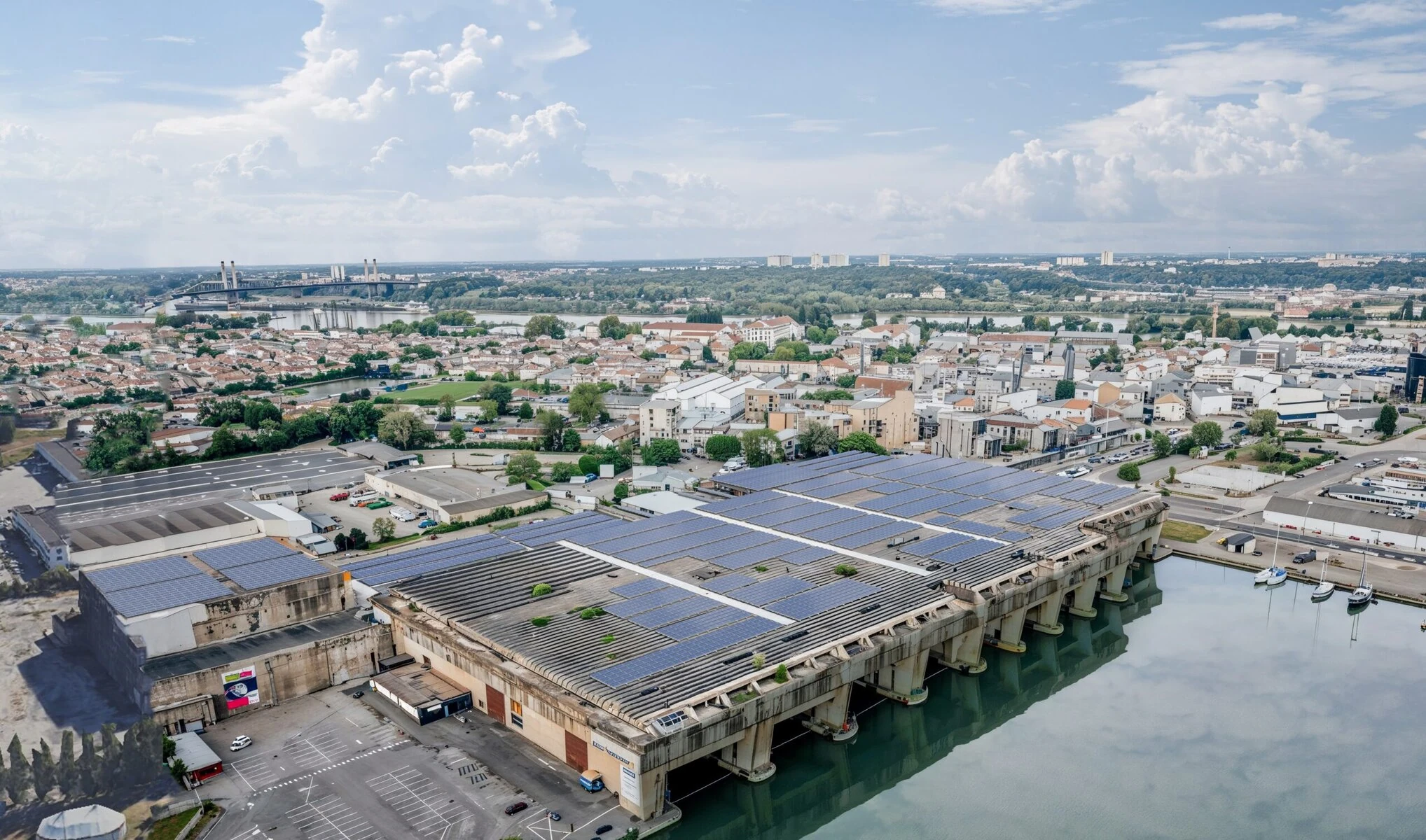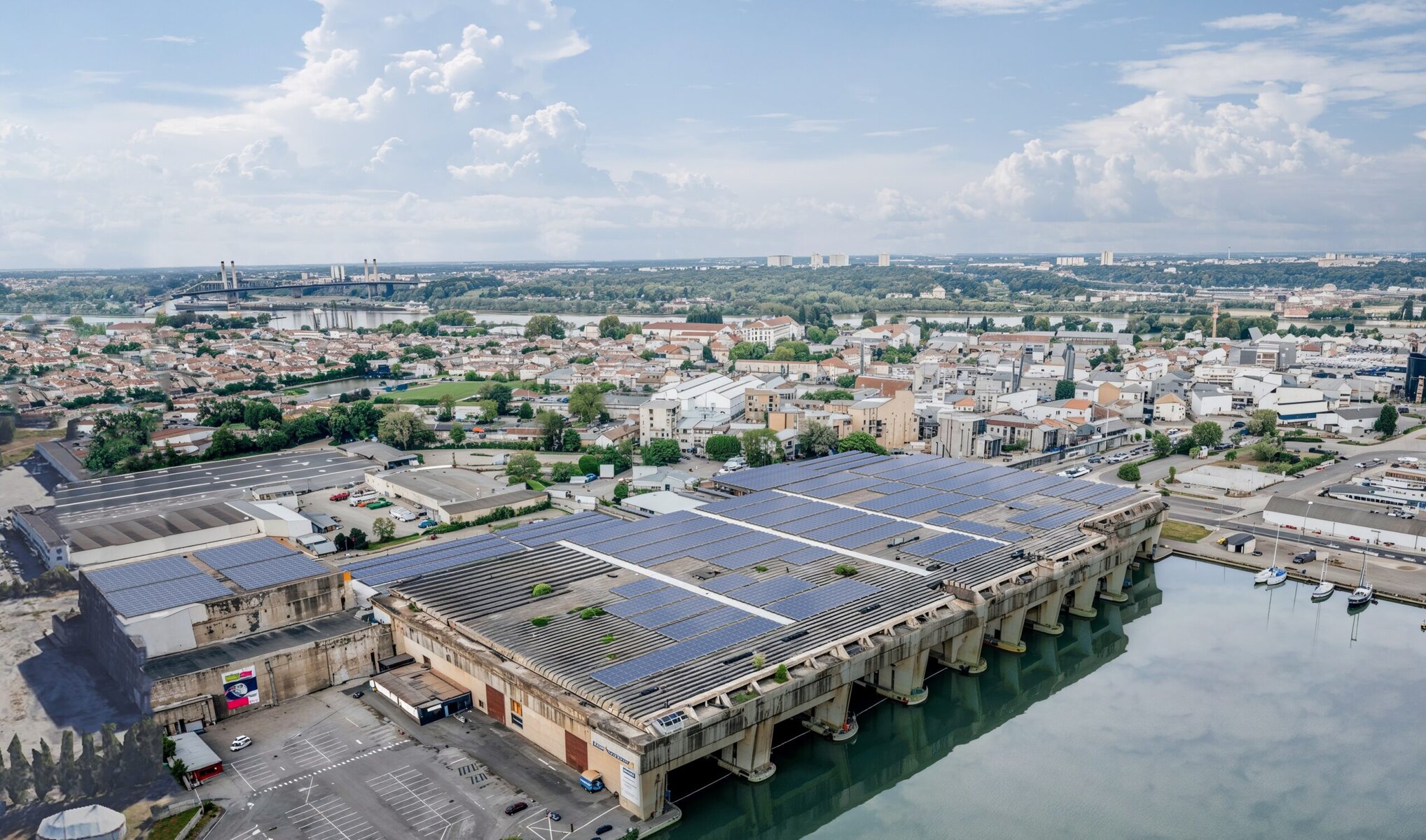Up the Kilowahs! Checkout the EDB Scoreboard



Bordeaux is embracing solar - and modern tech means heritage issues can generally be overcome; Mainfreight welcomes two new electric trucks to its fleet in the US, while Foodstuffs North Island celebrates an electric anniversary; why the radical left and the radical right can unite on solar; Edmund Becquerel's surprise discovery; and why better technologies sometimes take a while to catch on.

French flair
Some of the changes required to electrify everything need to come from central Government, but Bordeax in France is showing how cities can step up to the plate.

As the Reasons to be Cheerful story outlines:
Since the election of Bordeaux’s ecologist mayor Pierre Hurmic in 2020, the ninth biggest city in France has undergone an electrifying transformation, underlining the growing potential and need for urban solar. In 2020, Bordeaux produced just three percent of its own energy. By the end of 2026, the proportion is set to reach 41 percent, largely thanks to solar but also through other renewables like wind and biomass.
That incredible transformation is in significant part thanks to the 60,000 square meters of solar panels that are being installed across the city on municipal buildings and in public spaces, from the roof of the iconic submarine base to schools, sports facilities, city hall, parking lots, cycle paths and even the city’s ring road.
While new solar installs can bump up against heritage protections, new advances “such as the ability to produce transparent solar panels, or ones styled like building materials such as terracotta, have made urban solar integration easier than ever”.
“These products already exist,” says Angèle Reinders, a professor of design of sustainable energy systems at the Eindhoven University of Technology in the Netherlands, who co-authored a paper on building-integrated photovoltaics in May 2025. “In urban areas, it is already possible to make this integration seamlessly, reducing issues when it comes to building regulations and rules on use of property. If we are serious about the energy transition, then policy makers must help us overcome these permitting issues.”
Trucking along
Kiwi-founded company Mainfreight is a global logistics behemoth and it’s celebrating the arrival of two new electric trucks in the ports of Long Beach and Los Angeles.

“This milestone marks a significant step forward in our long-term commitment to sustainability, helping us dramatically reduce greenhouse gas emissions, noise pollution, and dependence on fossil fuels in our operations. By switching to EVs, we’re not just protecting the environment — we’re also delivering cleaner, quieter, and more efficient logistics solutions for our customers.”
Interestingly, while BYD’s cars aren’t available in the US, these two trucks are from BYD.
The company also has two electric trucks perating in the Netherlands and a few in New Zealand, including one that has been picking up the all-electric cherries from Forest Lodge Orchard for the past couple of years.
Foodstuffs North Island launched its New Zealand first electric refrigerated trailers around one year ago and CEO Chris Quin says it has so far saved over 3,000 litres of diesel.

“We aim to apply this tech to all new trailers going forward," he said on LinkedIn.
As Transport Talk wrote when the trailer was released, the technology eliminates the need for a traditional diesel engine, resulting in zero tailpipe emissions and reduced energy consumption in standby mode.
The idea for the technology originated from Action Manufacturing engineer Edd Collins.
“I was captivated by the potential of combining an electric generation axle with an electric refrigeration unit. It’s incredibly rewarding to see our vision become a reality, and I believe this project will set a new standard for efficient and sustainable heavy transport,” Collins says.
Full circle

One of the beauties of going electric is that it appeals to people from very different backgrounds and with very different politics for very different reasons. It could be the savings, the emissions reductions or the self-sufficiency and Bill McKibben, a long-time climate activist, big solar booster and founder of Sun Day, reckons “it’s time for rightwing nutjobs to join us leftwing nutjobs in embracing solar energy. Not because it’s nice for the environment – heaven forbid. But because it works. Including under adverse conditions when everything goes to hell.”
In an entertaining piece for The Guardian, he writes about the need to better prepare for our looming self-inflicted doomsday scenario and why running your own gas station at a loss or trying to keep algae out of your diesel cans for an extended period might not be the best option.
Say the emergency goes on longer than that, and you have to refill your tanks. At some point you are likely to realize what an incredibly complicated system you have tied yourself into, with multiple failure points everywhere. To get oil these days you basically need a company sophisticated enough to drill a couple of miles below the ocean; to get natural gas you need drillers able to detonate explosives miles beneath the Earth’s surface to “frack” the deposits into flowing. And then you need to be able to pipe your crude to a massive refinery where it can be separated into various components, and then a fleet of trucks to carry it to gas stations and so on. Once you have it, the engine that it goes in has to be properly maintained – there’s a lot of engineering involved in making a flammable liquid burn at a steady pace and, say, move power to wheels, which is why there are about 2,000 parts in the drivetrain of an internal combustion vehicle. Any of them can and do break, at which point you would better have a pretty good stock in your bunker unless you are absolutely sure your local Pep Boys is going to be up and running.
Or – and bear with me here a minute – you could go solar. Again, I understand that Trump hates it. “It’s all steel and glass and wires,” he told a Florida gathering shortly before the last election. “It looks like hell. And you see rabbits get caught in it … It’s just terrible.” But maybe aesthetics is not your primary concern and maybe you hunt rabbits, anyway – in that case, solar has a lot to recommend it for us average paranoiacs. In fact, I think you could go so far as to say that it is the one form of power that matches up almost perfectly with a rational conservative outlook: if you look at it one way, it is energy for hyper-individualists.
Seeing the light
The world is steaming ahead on solar, but it’s a technology that’s been around for a long time. This video details how it was discovered accidentally by a 19-year-old called Edmond Becquerel.
In with the new
“So you want us to use electricity in more efficient electric machines, rather than just burn stuff, create explosions in complicated, inefficient machines, and pump pollution into the sky? You're crazy!”

It's time to show some interest in low-interest, long-term energy loans; looking enviously across the seas at Australia's energy push; an electric atmosphere beckons as the Special Olympics heads to the all-electric Parakiore indoors sports and swimming centre in Christchurch; EV Maritime's Michael Eaglen and Evnex's Ed Harvey share their views; Volkswagen follows the honey in its electric van; and climate comedian Oli Frost generously creates an ad campaign for French bank Société Générale.
Read moreDownload
You may have heard there's an 'electric election' coming up next year. We've met with a huge range of politicians from right across the spectrum and the ones who pick up what Rewiring is putting down are often those who have already invested in solar, batteries, EVs, heatpumps and induction cooktops and have experienced the benefits first hand. That's why we're kicking off a new series called Political Power, where we talk to some of our decision makers about the decisions they've made in their own lives and how they plan to reduce energy bills for others, reduce emissions and improve our resilience and energy security.
Read moreDownload
Electrify everything. Electrify everyone. Electrify New Zealand. That's Rewiring Aotearoa's vision and our CEO Mike Casey gave a condensed version of what we've done and what we're doing at our Electric Christmas party recently. As he said to a large crowd at Ecotricity, which kindly hosted the event and provided the excellent electric cake, 2024 was the year of the thinking, 2025 was the year of the doing, and 2026 will be the year of mass adoption.
Read moreDownload